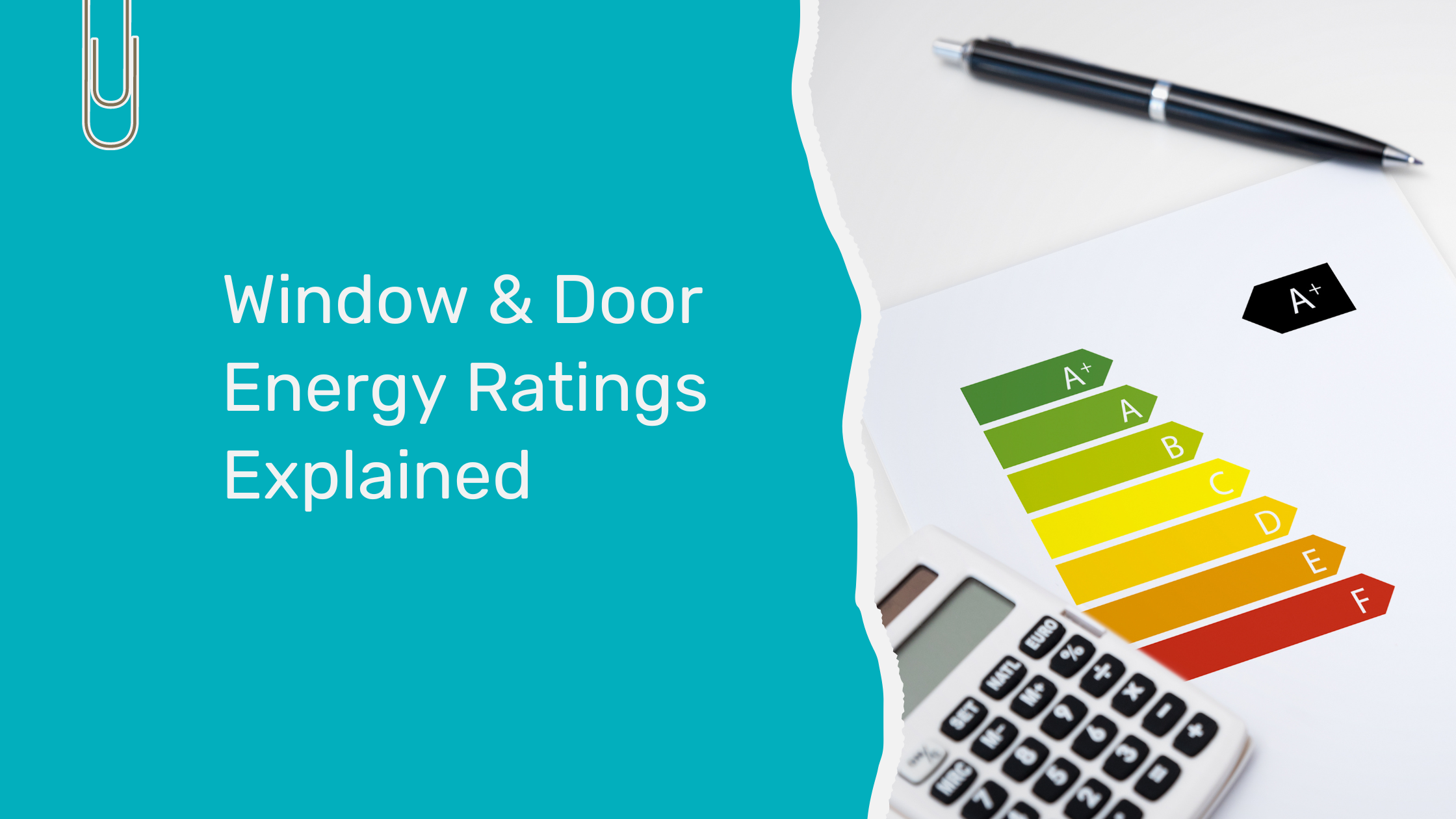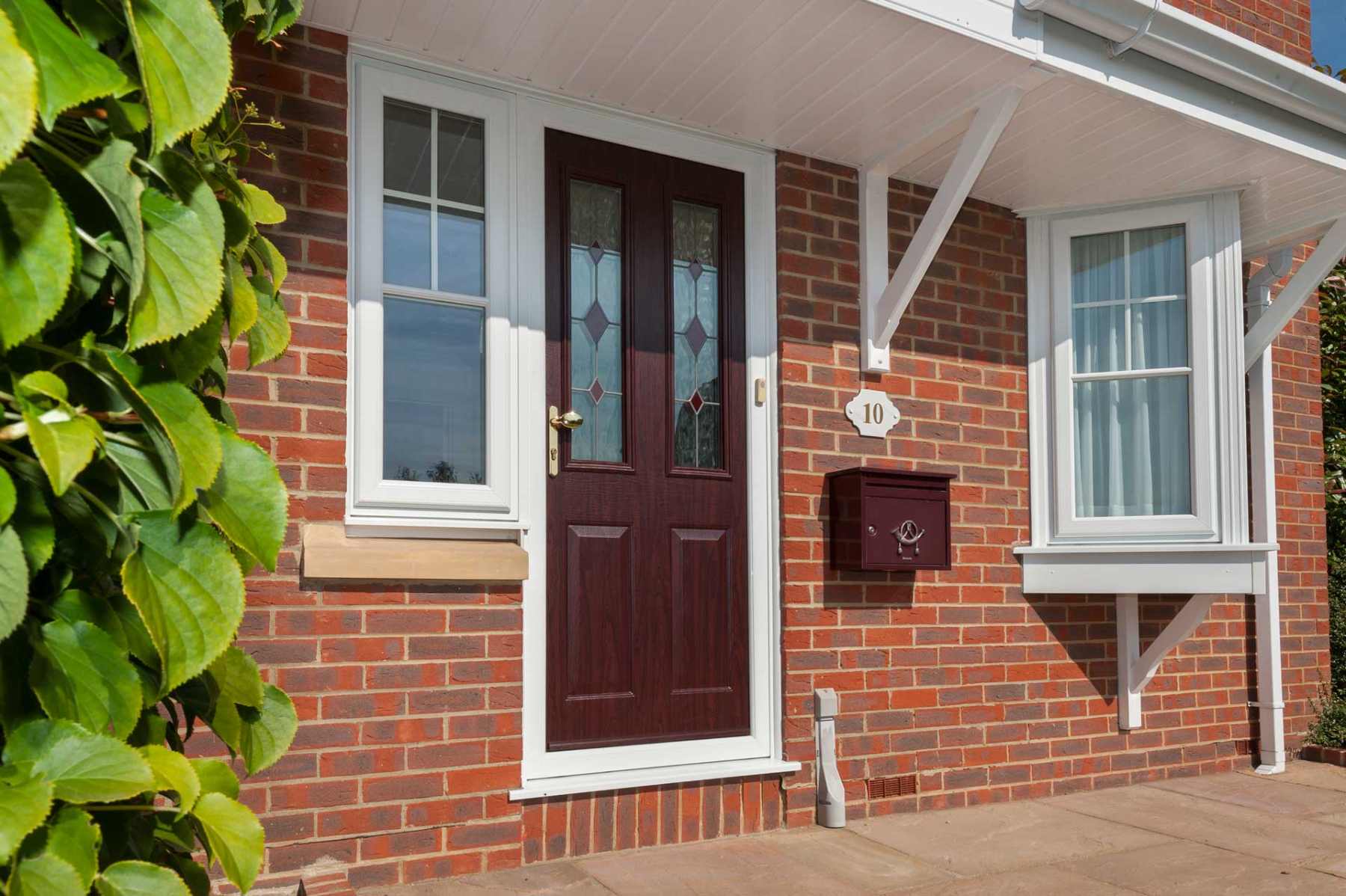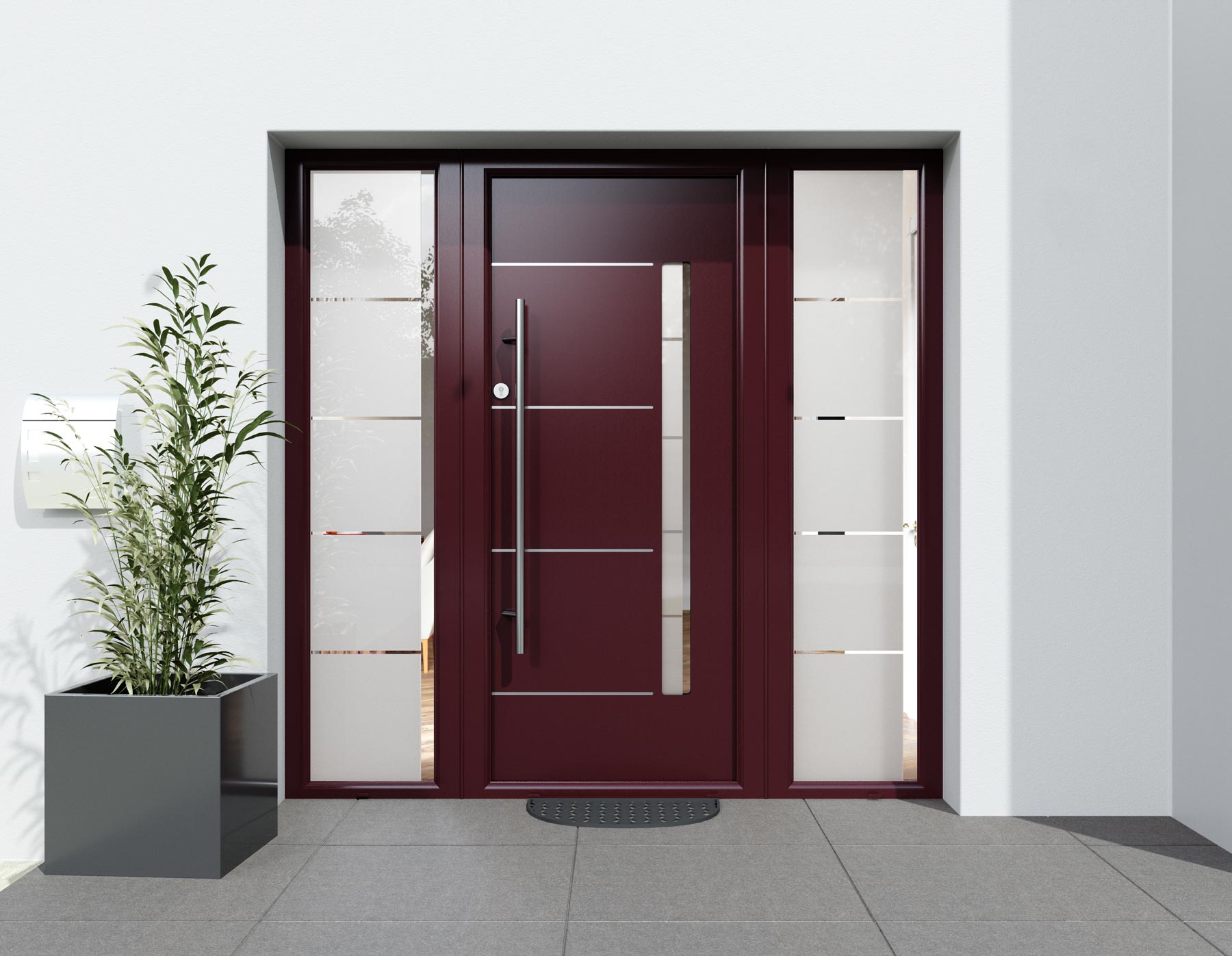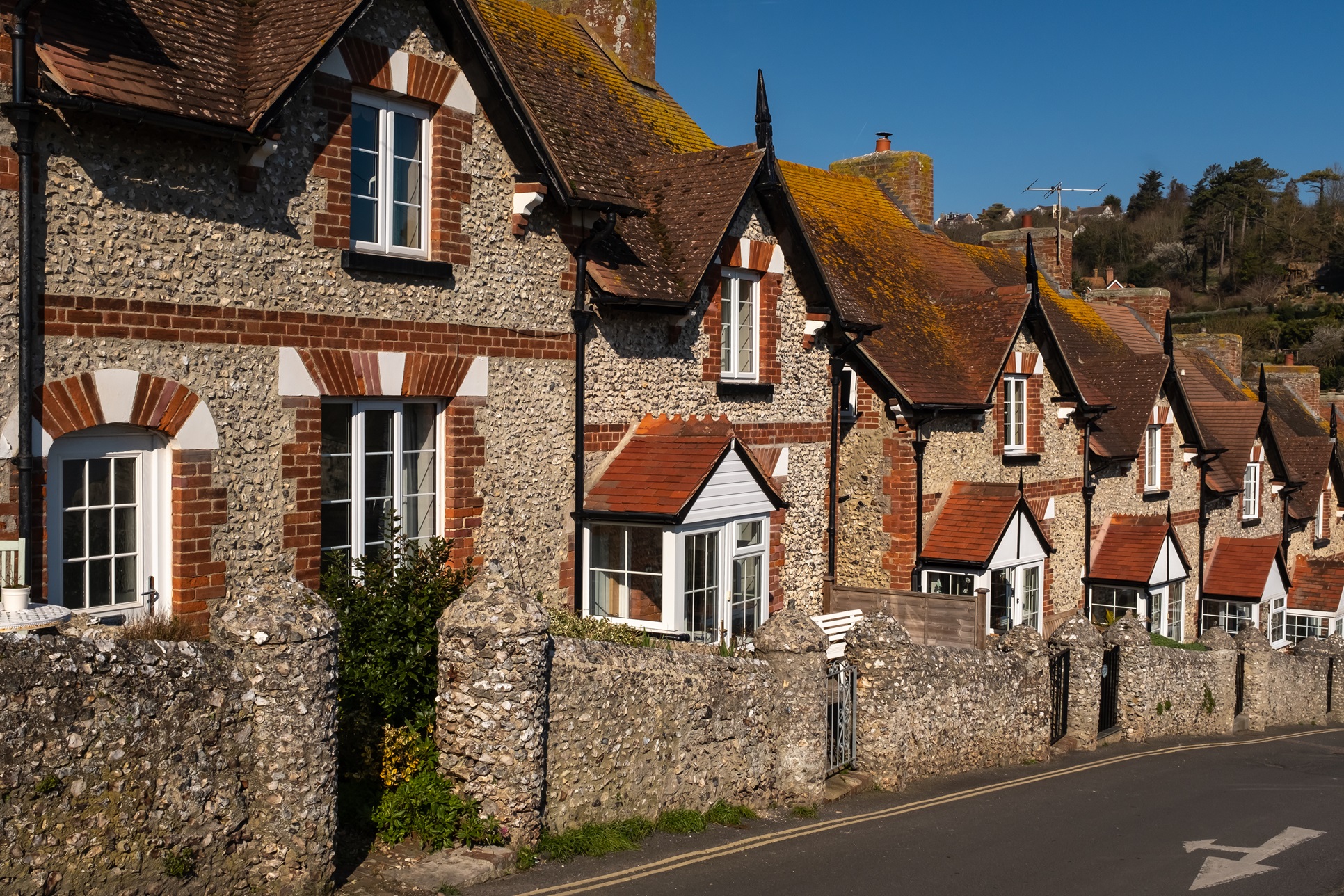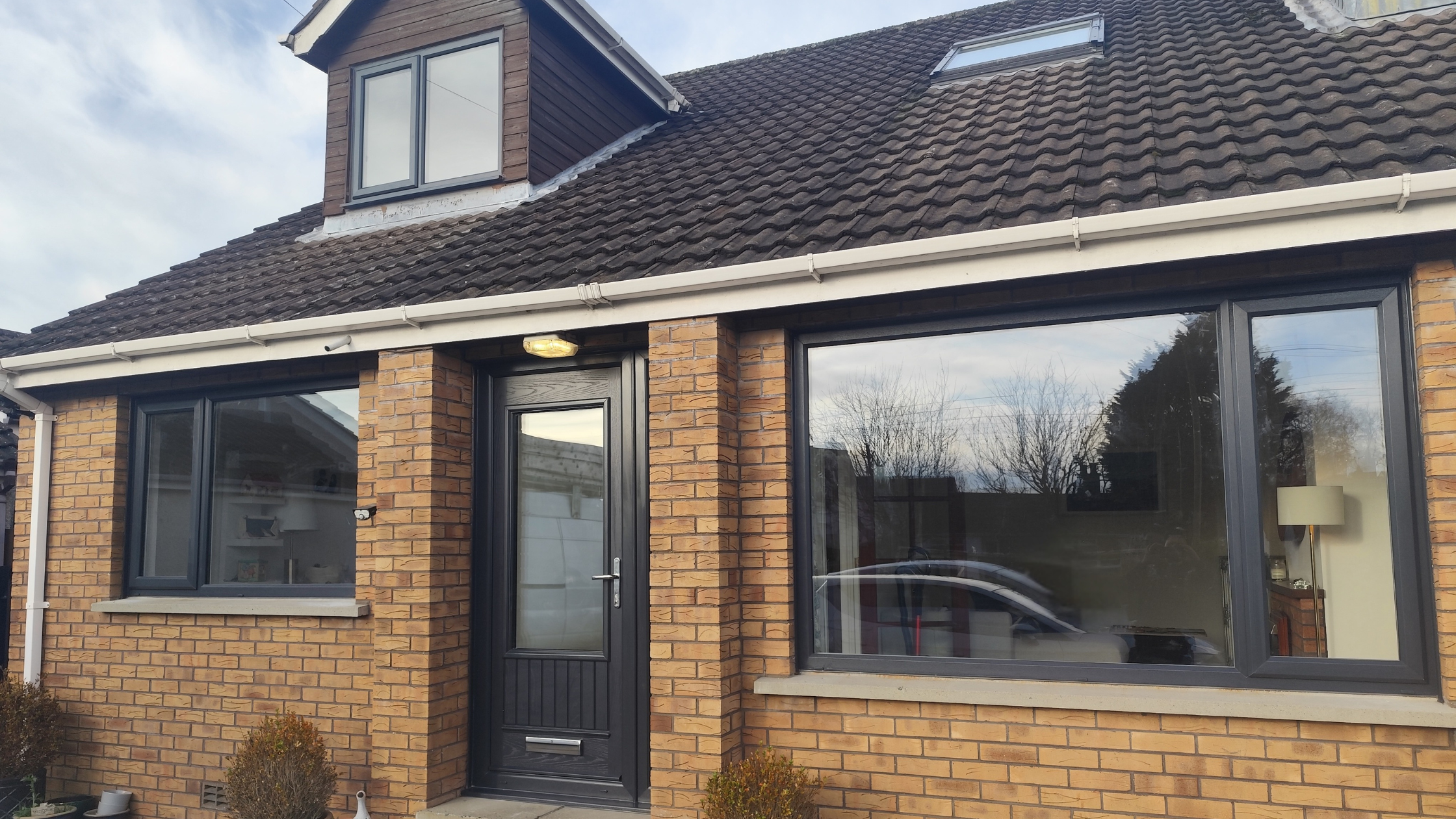What are window and door energy ratings?
The BFRC offers a bright, simple-to-read label that shows how well a window performs overall in terms of energy efficiency, from the frame to the glass.
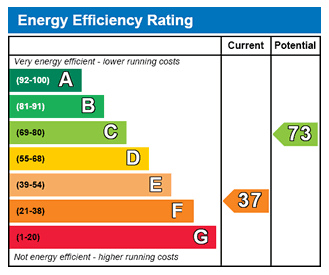
Heat loss, solar gain, and air leakage are only a few of the variables that are taken into account when determining how well a window performs; collectively, these variables produce the information that is presented on the BFRC energy rating label, as shown above.
In addition, what was formerly a nice-to-have for heat retention and cutting monthly energy costs has turned into a necessity and is now a legal obligation. This BFRC label is your most reliable window and door energy efficiency rating certificate.
A Rated Windows
Overall, the better the window performs overall, the higher the rating. You will therefore acquire the most energy-efficient windows on the market if you have a larger budget and are ready to spend it on A or A+ Rated windows. A or A+ Rated windows could be said to be the best energy efficiency rated windows. However, there is a trade-off between the amount of money you want to spend on window installation and the amount of money you believe you could ultimately save. Homeowners with no budget may not be concerned about this and are able to install the best of the best.
However, B Rated windows might be a better option for homeowners that are working with a slightly lower budget but also want to invest and save money in the future.
B Rated Windows
While still providing the majority of the energy-saving advantages that A Rated windows deliver, B Rated windows provide a somewhat lower total return on investment.
The only true distinction between B and A rated windows is that B rated windows are slightly less expensive to buy and install upfront but do not perform as well.
For more cautious homeowners, B Rated windows are a wonderful option. B Rated windows provide everything needed in terms of cost versus reducing energy expenditures for people who have the money to invest in new windows for their homes but don’t want to overspend.
The main distinction is between the short-term vs. long-term.
Although receiving and installing A- or B-rated windows into a building would initially cost more, the long-term savings on energy costs, increased heat retention, and improved sustainability and energy efficiency throughout the home will more than offset this.
C Rated Windows
C Rated windows may be the ideal choice for homeowners on a restricted budget who wish to replace their double-glazed windows with something better that can lower energy bills.
While the gap between B and C ratings is smaller than that between A and C ratings, the results from these periods are also smaller.
The cost of energy bills may not be lowered as much as with A Rated windows, and heat loss may become more of a concern as you move down the window energy rating scale, but C Rated windows would have a significantly cheaper initial cost.
Lower Ratings
The windows start to become less energy efficient and perform worse as you move down the window efficiency rating label. Therefore, if your budget permits it, we strongly advise sticking above the C-Rated windows.
We are aware that there is a trade-off between initial expenses and overall energy savings. Going lower than C Rated windows, especially for an upgrade, could not be worth the money spent because there would be no noticeable gains in energy efficiency for heat retention inside the house.
This is merely our suggestion, and every circumstance and homeowner is unique. Prior to making a purchase of any double-glazed windows, please exercise caution and conduct thorough study to enable you to make an informed choice.
Which windows are best for your home?
While the window energy rating system is a component of double glazing, there are numerous other aspects to take into account when selecting the correct windows.
It is important to find the best price for the windows you want, the product quality, and of course the look and design of the windows. Here at Total Home NI, we ensure we are always providing the best quality windows, which are double glazed as standard but with the opportunity to get them at price within your budget and opportunities to upgrade to Triple-glazing. The more your window or door is glazed, the lower the U-value becomes. A double-glazed window or door can have a U-Value as low as 2.8, which is half the U-Value of a single glazed unit and a triple-glazed unit can have a U-Value as little as 0.8.
Knowing what kind of energy rating you’re looking for in windows will help you narrow down the options, which will then show you how much you might save over time and how much you might be quoted up front for the initial installation.
Final Tip: Always look at the BFRC Energy Ratings label and the higher up the window energy rating (WERS) label you go, the more energy efficient the window will be. It is always down to the manufacturing process and how well the window from the frame to the glass, performs, this is what’s important for energy efficiency and window energy rating guides.
Look out for the BFRC window energy rating label certificate today!
Start Your Quote today!
Find prices for your home improvements with our free online quoting tool today!




